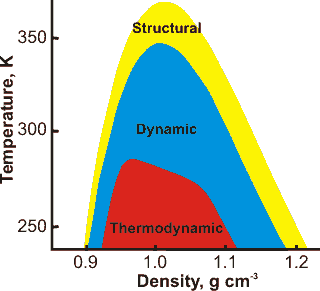BIG QUESTION: Why should we humans be concerned about overfishing?
Because we're unbalancing marine life.
1. What are the "Big Five" fish we eat all the time?
Atlantic Salmon (organic farmed)
Atlantic Halibut (onshore farmed)
Coley or Saithe (NE Arctic)
Dab (otter trawl or seine net)
Herring (MSC certified)
Mussel
Pouting or Bib
2. What is a reason for not eating sharks or other deep water fish?
They may also be recovering from previous
over exploitation, species with relatively low resilience to
modern fishing methods, or fish from farming systems
that need to improve some of their practices.
3. What are some "fish to eat" occasionally and "fish to avoid"?
Fish to eat:
Alaska or Walleye Pollock
Anchovy
Arctic char
Bream
Gilthead
Fish to eat only occasionally:
Flounder
Grey mullet
Gurnard
Haddock
Hake
Halibut
Herring or Sild
Mackerel
Marlin
Monkfish (Anglerfish)
Fish to avoid:
Prawn (King and Tiger)
Red Mullet
Salmon
Sardine or Pilchard
Scampi or Langoustine
Seabass
Shark & Dogfish (rock salmon)
Skate and Rays
Sole (Dover/Common)


 1. How does light and nutrients affect productivity in the oceans?
1. How does light and nutrients affect productivity in the oceans?
 1. How does eelgrass density influence abundance of species in an ecosystem?
1. How does eelgrass density influence abundance of species in an ecosystem?

 2- Describe the different ways temperatures are "moderated" on Earth without moderate temperatures, Earth could not support life as we know it.
2- Describe the different ways temperatures are "moderated" on Earth without moderate temperatures, Earth could not support life as we know it.

 1- What are some typical adaptations for these animals and why?
1- What are some typical adaptations for these animals and why?